Deep Purple - Playing With Fire
Deep Purple’s teenybopper rock irked critics and failed to conquer the charts. Then came the transformation: enter leonine singer Ian Gillan, Roger Glover and Blackmore's screaming Strat...
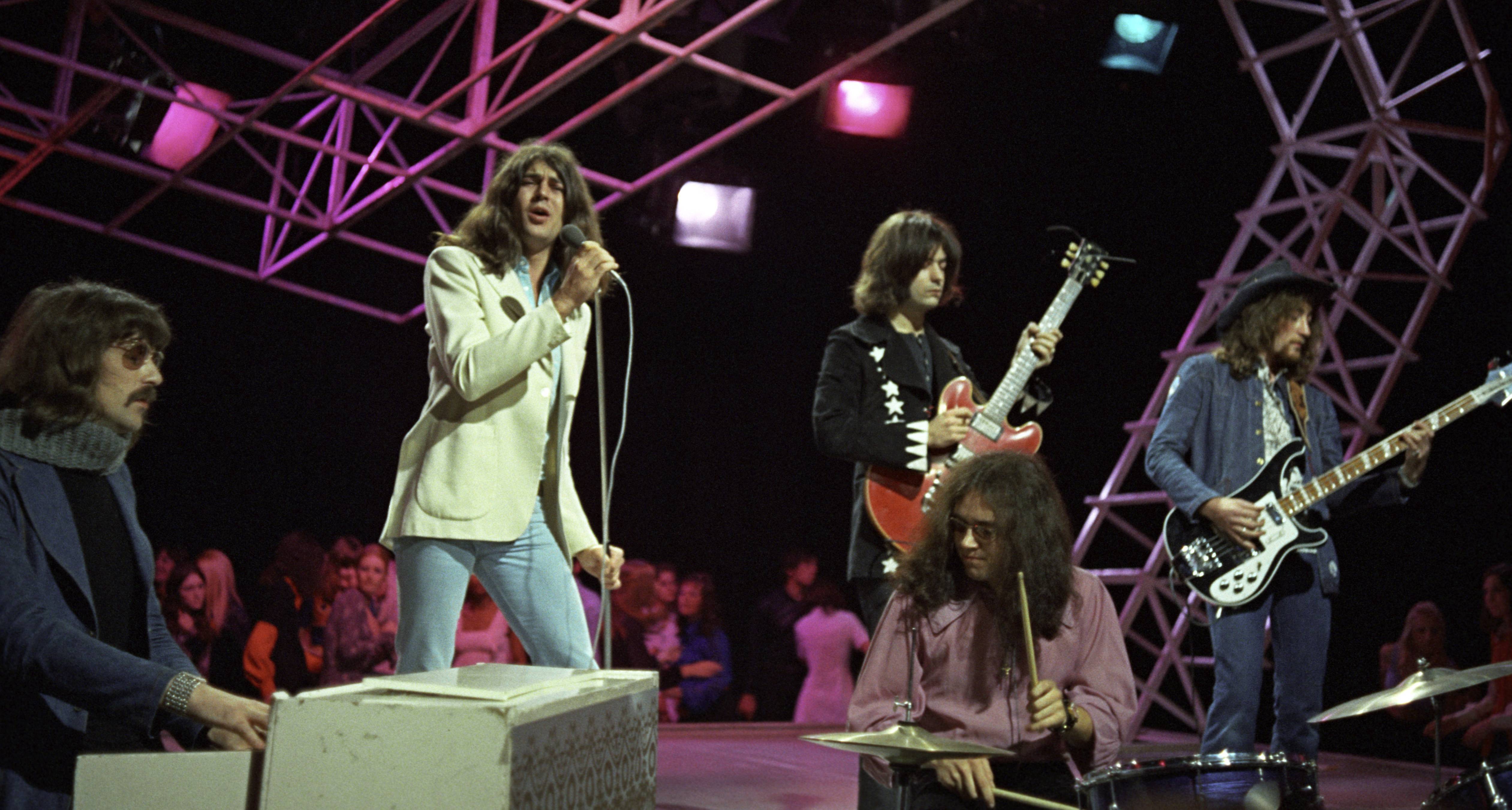
This article originally appeared in Classic Rock Presents… A Tribute To Deep Purple.
It all began when Chris Curtis, the former drummer/singer with Merseybeat band The Searchers, approached London businessman Tony Edwards in the spring of 1967 and told him, “You could be the next Brian Epstein. You should be my manager!” It makes no sense, but this invitation to handle these legendary, yet in truth fading, beat boomers led to Edwards, a clothier with rock biz aspirations, becoming involved with one of the most successful yet self-destructive bands in the history of heavy metal.
Chris Curtis was a legendary character, but pharmaceutically challenged by the excesses of the 60s, to the point where his Scouse mate George Harrison dubbed him, “Mad Harry”. Curtis quit The Searchers and intended to put together a trio called Roundabout. He envisaged a constantly changing line-up revolving around himself and two other musicians, fiery guitarist Ritchie Blackmore and classically trained organist Jon Lord.
At 22, Blackmore was already a seasoned studio musician with a reputation as one of the top guitarists on the circuit. He’d played with The Outlaws (backing Gene Vincent and Jerry Lee Lewis) and Neil Christian And The Crusaders (who, following his departure, recruited the young Jimmy Page). Twenty-six-year-old Jon Lord had enjoyed limited success with The Artwoods (featuring Ronnie Wood’s older brother Art) and some session work, including playing piano on The Kinks’ You Really Got Me.
But, after sowing the seeds for this new band, Curtis suddenly vanished, reportedly checking himself into a clinic. “I don’t think it was for drugs or alcohol. I think he was mentally fragile,” said Jon Lord. Whatever the cause, Curtis was clearly out of the picture. However, Lord and Blackmore were so keen on his ambitious plan that they decided to carry on.
The pair recruited ex-Johnny Kidd & The Pirates bassist Nick Simper plus drummer Ian Paice and singer Rod Evans from The Maze, a band Blackmore had seen during his time playing in Hamburg. In March 1968 the line-up was complete. A month later, Roundabout played a couple of warm-up shows in Scandinavia, shortly after changing their name to Deep Purple, inspired by Ritchie’s grandmother’s favourite song. A pragmatic Nick Simper thought it was “an embarrassing name… until we saw it in the charts.” But it was definitely an improvement on the other choices, which apparently included Concrete God and Sugarlump.
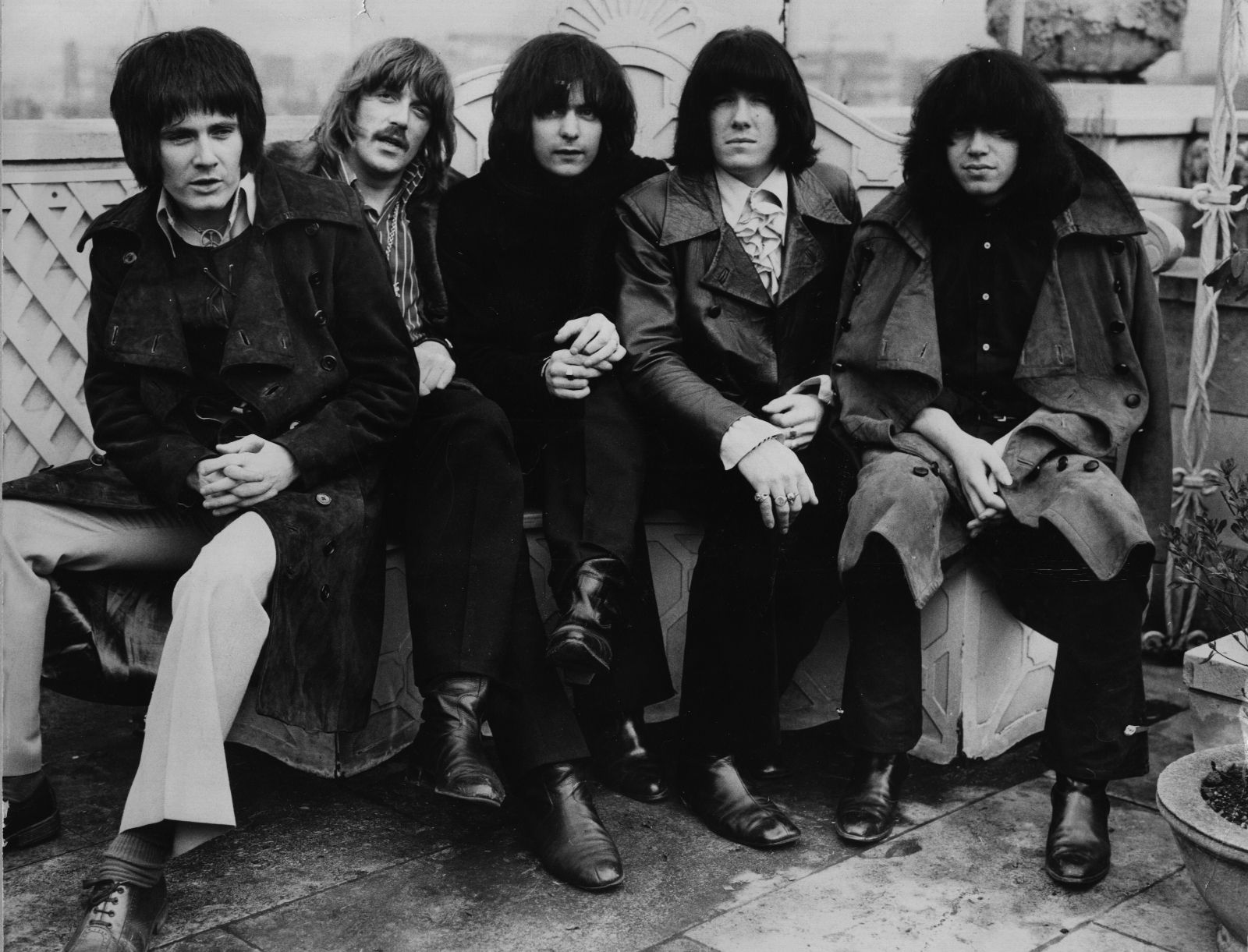
The group’s initial musical inspiration came from Vanilla Fudge, the New York heavy psychedelic rockers, whose grandiose organ-led covers of pop standards such as The Supremes’ You Keep Me Hangin’ On were charting in America. Though exactly who inspired who has become the subject of confusion ever since. “Funnily enough they regarded us as innovators, but we were just copying them,” said Blackmore. “It’s amazing what you can get away with and get paid for it.”
Sign up below to get the latest from Classic Rock, plus exclusive special offers, direct to your inbox!
Although ignored in Britain, Deep Purple succeeded almost immediately in America. Their first single, Hush, written by US composer Joe Games People Play South, was a perky, organ-driven stomper with a raw, hypnotic groove, and the last track recorded for their debut album Shades Of Deep Purple. Both Hush and Shades Of Deep Purple entered the US charts in the summer of 1968.
At this time Deep Purple represented the acceptable face of the Swinging 60s, as evidenced by a surviving clip of the band on Hugh Hefner’s Playboy After Dark show. Here, they enjoy some friendly banter with the pipe-smoking Lothario and perform their hit single, surrounded by Hef’s bunnies and ‘groovy young kids’, dressed in the latest Mr Fish threads and Anello & Davide footwear, and sporting scary über-bouffants.
“The idea was that we would look good, we weren’t going to be a Californian hippy band,” said Lord, who was later mortified to learn that there was a strain of LSD named Deep Purple. “We weren’t a drug band, we were more of a Scotch-and-Coke band.”
Aware of and dissatisfied by the bands lack of recognition in the UK and the negative reaction of the underground music press who denounced them as “manufactured teenybopper rock”, a frustrated Ritchie Blackmore’s Damascene moment came when he heard Jimi Hendrix. “Hendrix gave me faith in the music scene,” he told Creem in 1975.
This musical awakening convinced Blackmore to steer the band in a harder direction, and the albums that followed The Book Of Taliesyn and Deep Purple, featured less symphonic pop interpretations and more original material and heavier riffs. Purple were slowly evolving from coiffured dandies into what Blackmore described as “a raw and dirty proposition”.

It also quickly became apparent that Rod Evans would have to go. “Rod was more of a ballad singer who we kicked into shape,” said Lord. “We wanted to become harder, to write our own material. It was a very cold decision.”
“We saw the limitations of the Mark I line-up,” Ian Paice told Classic Rock in 2009. “If you listen to the first three albums, it’s a band striving for identity. It’s trying to be Vanilla Fudge. It’s trying to be Cream… it’s not really sure what it is.”
It was Blackmore’s former Outlaws bandmate, drummer Mick Underwood, then playing with a group called Episode Six, who directed him towards Evans’ replacement: their singer Ian Gillan. Blackmore watched Episode Six play a youth club in Woodford, Essex, and even got up and jammed with them. Gillan was invited to an audition and brought along the band’s bass player Roger Glover for support.
Impressed that Glover and Gillan had recently started writing songs together – even though Glover later rated them as “awful” – Blackmore took them on as a pair. An ecstatic Ian Gillan later told an interviewer, “When I first heard Purple I had never been so moved musically in my life.”
On the other hand, Glover had never heard of Deep Purple, and was initially sceptical. “They were dodgy-looking characters wearing expensive clothes and lots of black hair dye,” he recalled. “At the time they meant nothing in England.” But Glover had something in common with the band: a lot of experience and very little financial reward to show for it.
Glover’s arrival meant Nick Simper was out of a job along with Rod Evans. But, for a time, neither musician was aware that their days were numbered. This resulted in a bizarre, rather cruel scenario where Blackmore, Lord and Paice rehearsed with Gillan and Glover during the day, while joining up with Evans and Simper at night to fulfil their outstanding gig commitments. Deep Purple Mark II finally made their debut on July 10, 1969 at the Speakeasy, a late-night music biz watering hole in London’s Margaret Street.
- Jon Lord: The Last Interview
- Deep Purple: Ten Strange Facts
- The Real Rock & Roll Hall Of Fame: Ian Gillan
- Trashed Fenders and fallouts, the Buyer's Guide to Ritchie Blackmore
In the meantime, manager Tony Edwards and his business partner John Coletta had yet to recoup any of their investment. The pair had high hopes for a new Deep Purple single, Hallelujah, written by Fortunes/Blue Mink pop maestros Roger Greenaway and Roger Cook. Later described by Blackmore as an “in-between thing”, Hallelujah failed to trouble the charts in 1969. It was also a swansong for Simper and Evans.
Having changed the band’s line-up for the better, Blackmore was, nevertheless, unimpressed by the management’s next suggestion. Edwards and Coletta proposed that Jon Lord compose some classical music to be performed by Deep Purple and an orchestra at the Royal Albert Hall, and recorded for their next album. Concerto For Group And Orchestra came from an idea Jon had back in his Artwoods days, after hearing the 1961 album Bernstein Plays Brubeck Plays Bernstein, an album by jazz pianist Dave Brubeck and his quartet inspired by the West Side Story composer Leonard Bernstein. “I always used to throw in a bit of Tchaikovsky during my solos with The Artwoods,” said Lord. “It used to perplex them.”
Recorded by Deep Purple with The Royal Philharmonic Orchestra, Concerto… proved a critical success and gave Deep Purple their first British album chart entry at Number 26, and the band found themselves labelled as ‘symphonic rock’. The outcome was that when they now, toured promoters were disappointed when they turned up without an orchestra. The confusion suited Blackmore, though: “I love classical music,” he explained. “But I don’t like rock musicians playing with classical orchestras.”
“In my defence Concerto was never intended to be part of the direction of the group,” argued Lord. “It was just an experiment.” But it was an experiment that, to Blackmore’s irritation, had skewed many people’s perceptions of the band. “When Jon Lord did the concerto and all the press went ‘Jon Lord’s the main composer and the leader of Deep Purple…’ Ritchie didn’t like it too much,” said Roger Glover. “Ritchie wanted to press his will against Jon’s.”
Blackmore insisted that the next Deep Purple album would be guitar-heavy, informing one interviewer that it would be, “A rock’n’roll record for people at parties”, before adding, with tongue firmly in cheek, “If it doesn’t take off we’ll play with orchestras for the rest of our life.”
Fortunately, Ritchie didn’t have to become slave to the conductor’s baton. With its iconic Mount Rushmore-inspired cover, that next album, Deep Purple In Rock, released in June 1970, would firmly cement Deep Purple’s place, alongside Led Zeppelin and Black Sabbath, in heavy rock’s first division. Its opening track Speed King (working title: the very Metallica-esque Kneel And Pray) explodes with the sound of Blackmore’s feedback-drenched, tremolo-bending guitar. Later released as a single, the intro was omitted from US versions to enable radio play.
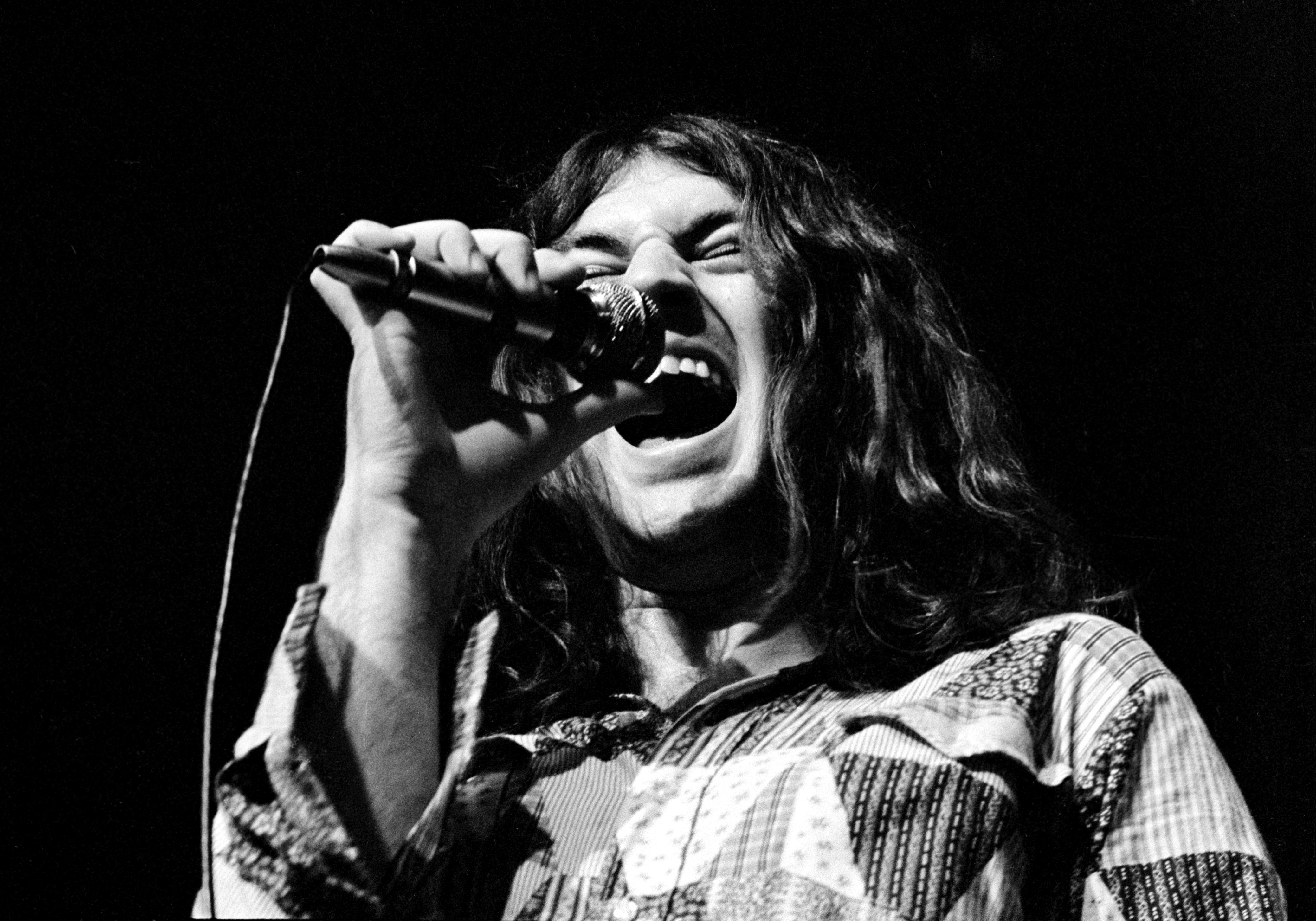
Speed King was Blackmore’s mission statement. “If it’s not exciting or dramatic then it doesn’t belong on the album,” he said. Based around the riffs from two Hendrix songs, Fire and Stone Free, it features some visceral interplay between Blackmore and Lord, a developing trademark of the Deep Purple sound, while Gillan created a collage of lyrics lifted from his favourite rock’n’roll classics, including Good Golly Miss Molly and Tutti Frutti. Speed King set the standard for the rest of album, which, as Glover revealed, mostly came out of a series of jams. “We just took rock’n’roll and turned it into a song. Ritchie was into simple riffs, he was wise enough to know that you can’t be too musical because people won’t understand it.”
Another highlight is Child In Time. Featuring a riff appropriated from Bombay Calling by the San Franciscan psychedelic band It’s A Beautiful Day, it showcases Ian Gillan’s vocal prowess and unmatched banshee scream. It also caught the ear of would-be musical impresario Tim Rice who enlisted Gillan for the recording of Rice and his musical partner Andrew Lloyd Webber’s new rock opera Jesus Christ Superstar. Gillan so impressed the pair that he was offered the role of Jesus in the film version. Fortunately for Deep Purple fans, he turned it down. “For me, everything I did culminated in a moment at the Speakeasy the first night I sang with Deep Purple,” explained Gillan. “When I looked at Rog I said, ‘This is it!’ Playing with that band was everything I’d been working for.”
That summer, the band released a new single Black Night (with a riff borrowed, by Blackmore’s admission, from Ricky Nelson’s Summertime). It saw the band make their first appearance on BBC’s Top Of The Pops, and eventually reached Number 2. Blackmore had no qualms about doing whatever it took to get Deep Purple noticed. “I did my own thing for a while and starved,” he told Record Mirror. “I agree with Pete Townshend when he said that there is no use progressing unless you take the people with you.” Purple took the public with them. Deep Purple In Rock stayed in the British charts for over 50 weeks, with Jon Lord declaring it, “the album waiting to be written.”
Touring the album, Purple proved an unbeatable live act. With his fiery, unpredictable personality, Blackmore always delivered knife-edge performances, whether playing a series of mesmerising solos or smashing his guitar and equipment in an act of showmanship or, on occasion, genuine anger. Outraged fans wrote to the pop weeklies in their droves to express their disgust at this display of extravagance.
“I like being flashy,” Blackmore told the Melody Maker in 1970. “It’s taken us two years of hard work to get any recognition. We had a long struggle. Now people write in and say, ‘Ooerr, look at him smashing up his guitar.’ Well, I’ve been playing for 13 years, and if I feel like smashing it up sometimes, I will.”
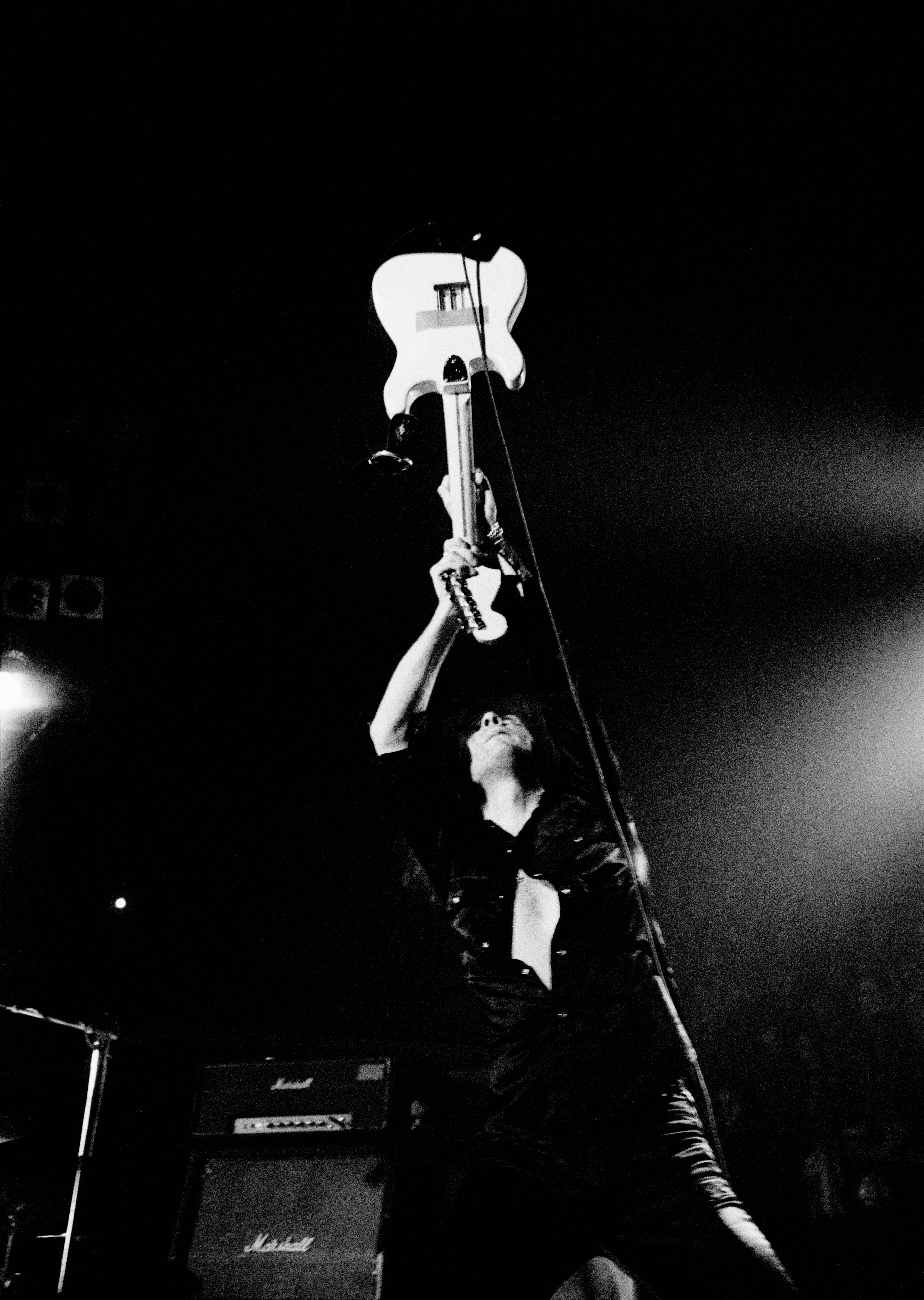
Between shows Purple started work on their next album, Fireball. Blackmore, though, felt that Purple were still overshadowed by Led Zeppelin’s career trajectory. He was also aware that their second album, Led Zeppelin II, had been produced under similar circumstances as Fireball and recorded during free time between gigs. As far as many Purple fans were concerned, Deep Purple In Rock was Purple’s Year Zero, and Fireball was their second album.
“Deep Purple In Rock came quite easily for us,” Ian Paice told Rolling Stone. “The hardest thing was following it up. We were working so much that when we tried to do the next album we realised we had no ideas whatsoever. Fireball turned out to be a bit of a, ‘Let’s hope we’ve got an album’s worth here’ type of thing.”
Released in America in July 1971, and in the UK two months later,Fireball may have struggled to match its predecessor, but it was a very worthy effort. Like Deep Purple In Rock, it opens with a killer track: Fireball is surely the only song in the history of rock to open with the sound of an air-conditioning system being turned on. It was also unusual, even brave, that Deep Purple replaced the expected guitar solo with a bass solo.
The title track is followed by the epic No No No, which features some signature bluesy/jazzy interplay between Blackmore and Lord. Other highlights include The Mule, a showcase for Ian Paice, and the controversial Anyone’s Daughter, a country rock number that critics described as a, “scrappy Dylan send-up” and which some fans felt had no place on the album. It was sincerely meant, though, being Blackmore’s homage to British country picker Albert Lee, his favourite guitarist alongside session ace Big Jim Sullivan. However, its other objective may have been to challenge the eclectic sound of their adversaries Led Zeppelin.
The Fireball sessions also produced another hit single, Strange Kind Of Woman, which came close to emulating Black Night’s success and went to Number 8 in the UK. Although Fireball reached the Number 1 position – and remains Ian Gillan’s personal Purple favourite – generally, the band regarded it as too radical a change.
At times Deep Purple’s peripatetic musical nature has held them back. Led Zeppelin produced seven truly great albums before losing their mojo, but always maintained the same line-up throughout their career. In contrast, Purple’s track record has sometimes tested the patience and goodwill of even their most ardent fans. But with the golden Mark II line-up, they produced some of the finest progressive rock of the era. Unfortunately, not everyone noticed the subtleties in the music.
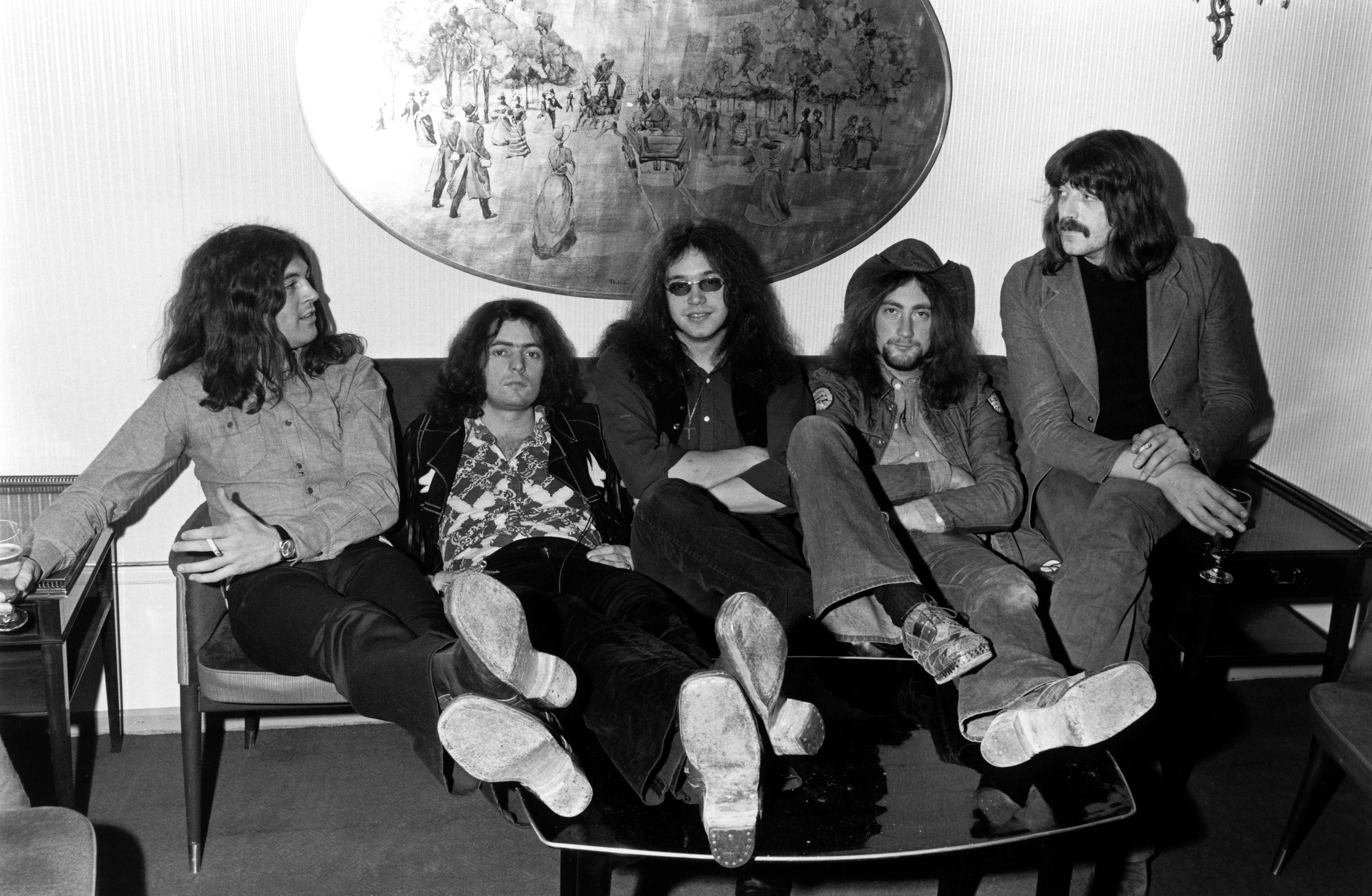
“Nothing’s worse than hearing someone say, ‘Deep Purple? Wow, man. They’re just like Blaaaaaaack Saaaaaabath, knocking out all the riffs’,” Blackmore complained to Rolling Stone’s Cameron Crowe. “If people can’t comprehend the certain subtleties that we put into music, I’m afraid I haven’t the patience to explain to them.”
Purple produced an exhausting four studio albums in just two years. But the combination of this ferocious work rate and their growing fame, brought personality clashes within the band to a head. Even the biggest stage could barely contain Ritchie Blackmore’s and Ian Gillan’s egos. This conflict came to a head when Gillan was stricken with hepatitis during Purple’s first American tour. Exhausted, plagued by illness – only Paice remained unscathed by assorted afflictions – the band, and Blackmore in particular, were hardly itching to go back into the studio and record yet another album.
“When we made Deep Purple In Rock, all five of us were in the studio and interested”, explained Glover. “But only a year on with Fireball, the attitude had degenerated into one of, ‘I’ve had enough now, I’m going home…’”. Which all makes what happened next in the Deep Purple story all that more extraordinary.
To find out where Fireball featured in the best and worst Deep Purple albums, then click on the link below.
Pete Makowski joined Sounds music weekly aged 15 as a messenger boy, and was soon reviewing albums and doing interviews with his favourite bands. He also wrote for Kerrang!, Soundcheck, Metal Hammer and This Is Rock, and was a press officer for Black Sabbath, Hawkwind, Motörhead, the New York Dolls and more. Sounds Editor Geoff Barton introduced Makowski to photographer Ross Halfin with the words, “You’ll be bad for each other,” creating a partnership that spanned three decades. Halfin and Makowski worked on dozens of articles for Classic Rock in the 00-10s, bringing back stories that crackled with humour and insight. Pete died in November 2021.

